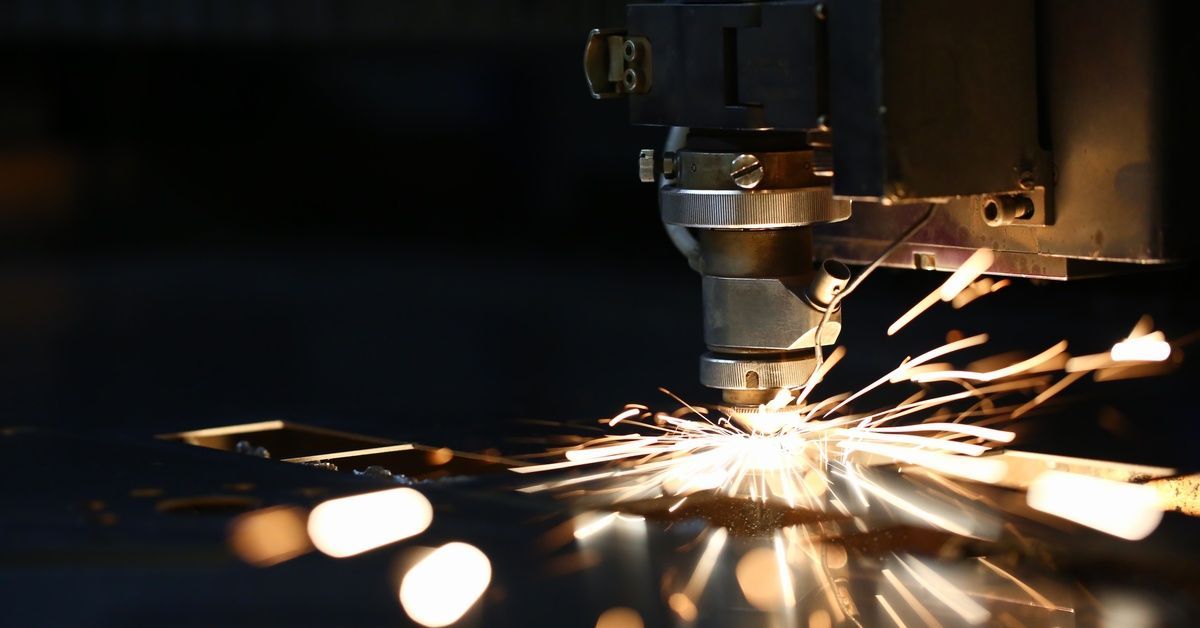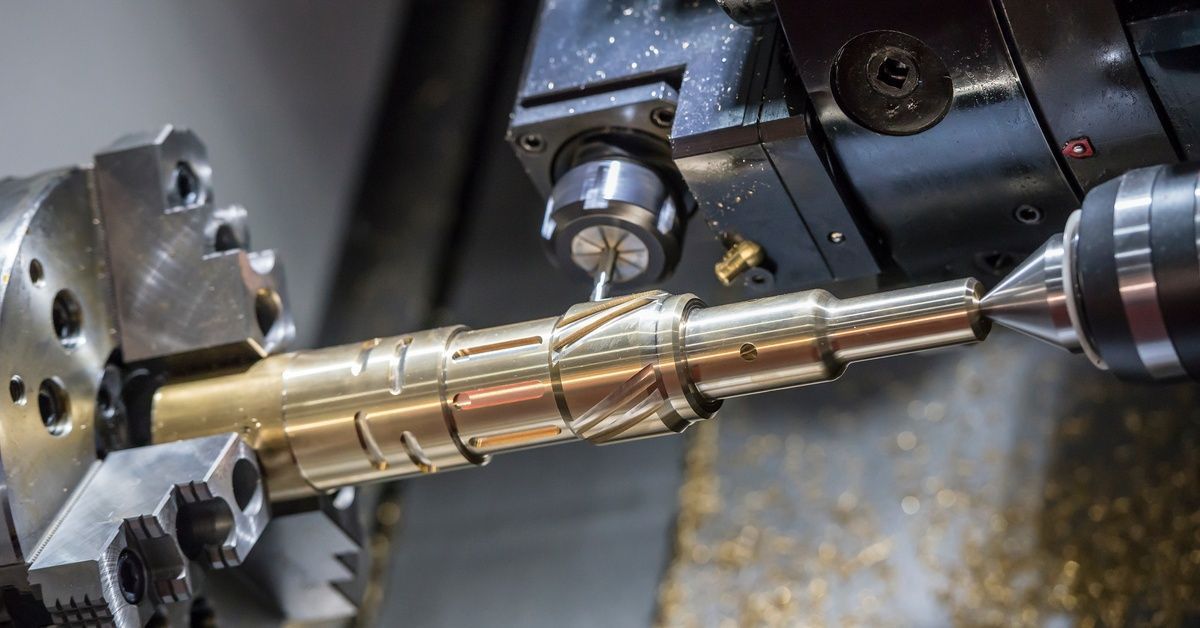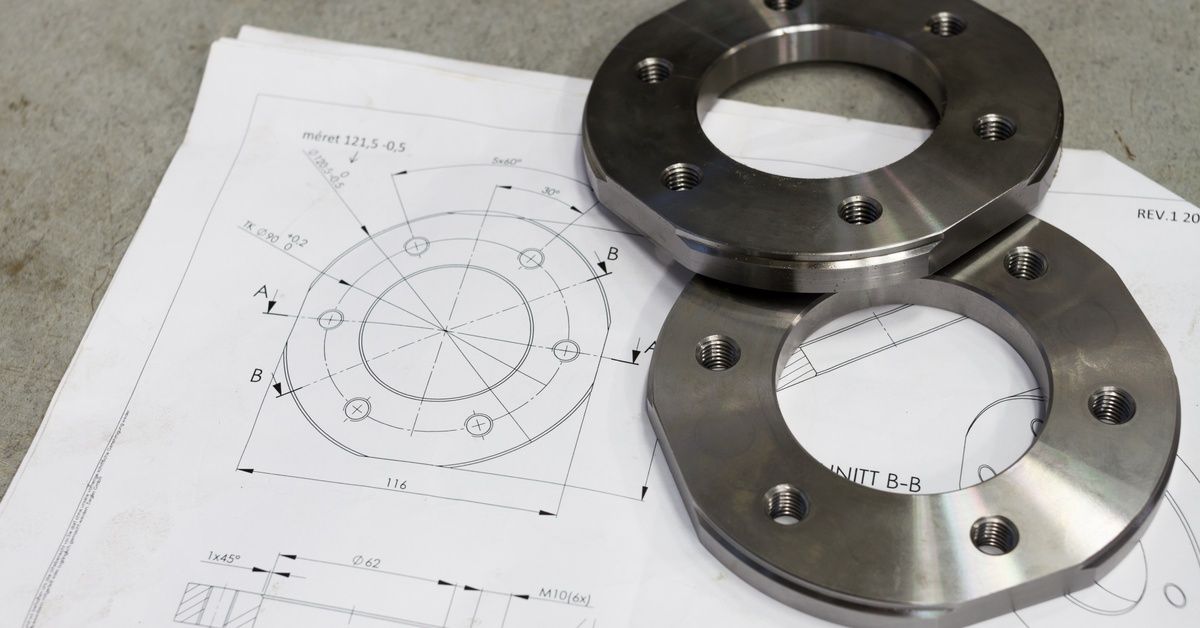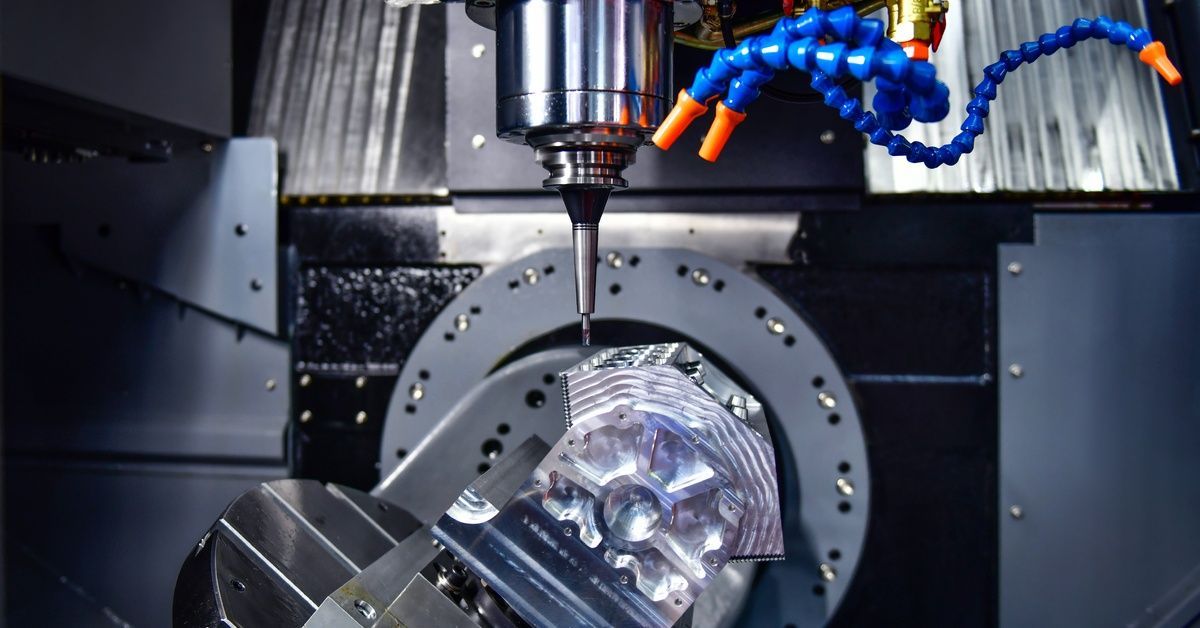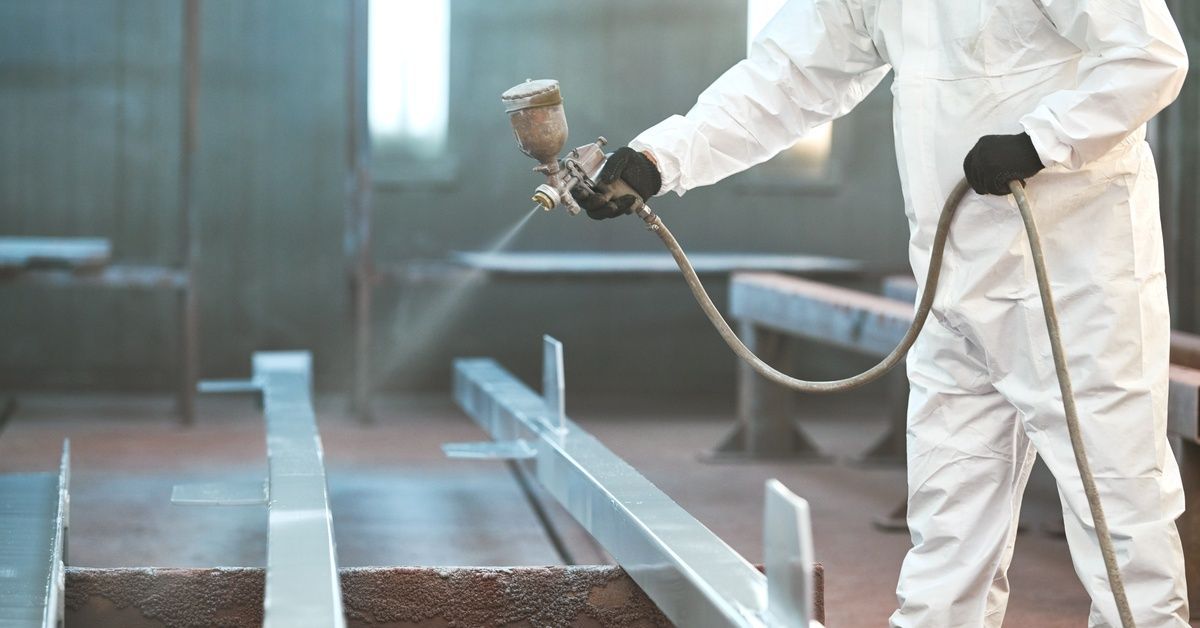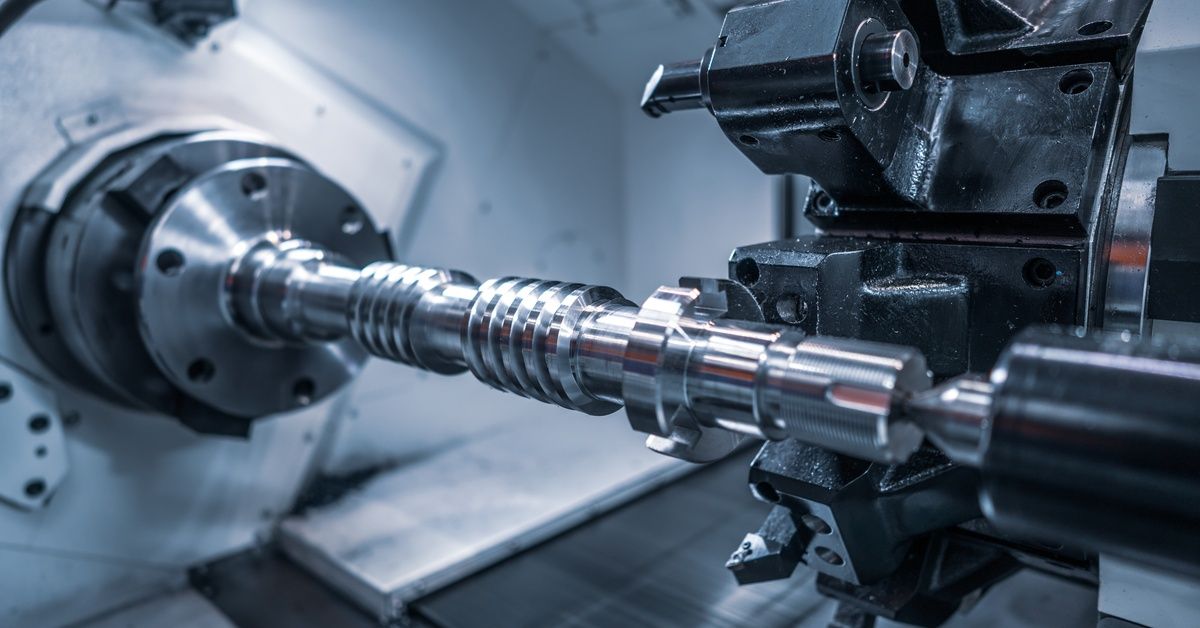Tips for Choosing Between Aluminum and Steel Fabrication
Choosing the right fabrication material is a critical decision that can impact your products’ performance, cost, and longevity. Evaluating the nuances between aluminum and steel is essential to making an informed choice that aligns with your business needs and goals. Check out the top tips for choosing between aluminum and steel fabrication to determine the right material for any project.
Aluminum vs. Steel Fabrication
Both materials are great for fabrication applications, so the choice between them comes down to finding the right opportunities to use each one. Steel and aluminum are two of the most commonly used metals in fabrication, each offering unique advantages and disadvantages.
Aluminum is light and has corrosion-resistant properties, making it ideal for applications where weight savings are crucial. On the other hand, steel offers high strength and durability, making it the preferred choice for heavy-duty applications.
Understanding these fundamental differences is the first step in choosing the right material for your specific needs. Let’s take a closer look at aluminum to decide if it’s right for your project.
Properties of Aluminum Fabrication
Aluminum is a lightweight metal with excellent corrosion resistance, making it suitable for industries such as aerospace, automotive, and marine. One of its key benefits is its high strength-to-weight ratio, which means it can provide significant weight savings without compromising strength.
Additionally, aluminum is highly malleable, allowing for intricate designs and shapes. Its natural corrosion resistance reduces the need for protective coatings, decreasing long-term maintenance costs. Aluminum isn’t impenetrable, but it won’t fall victim to rust and corrosion quickly.
At H&H Machine Services, we specialize in steel fabrication services, but we can also work with aluminum and more materials. This ensures we can tailor the design to meet the client’s specific needs.
Remember—aluminum and steel both excel in fabrication, but you have to know when to use them. Let’s highlight the advantages and applications of steel fabrication.
Properties of Steel Fabrication
Having these tips when choosing between aluminum and steel fabrication is crucial because both materials are prevalent in such a wide range of applications. Steel is a robust and versatile material due to its high tensile strength, making it ideal for heavy-duty applications, such as construction, infrastructure, and manufacturing.
An aerospace manufacturer may opt for aluminum in their aircraft designs due to its lightweight properties. Meanwhile, a construction company may choose steel for their high-rise buildings, benefiting from steel's strength and durability to withstand extreme weather conditions.
Steel also offers excellent machinability and is easy to weld, making it a preferred choice for complex structures. Always conduct a thorough analysis, including stress tests and environmental impact assessments, to further inform your decision.
Now, you don’t have to leave your decision to chance. Make an informed choice for your next fabrication project today.



